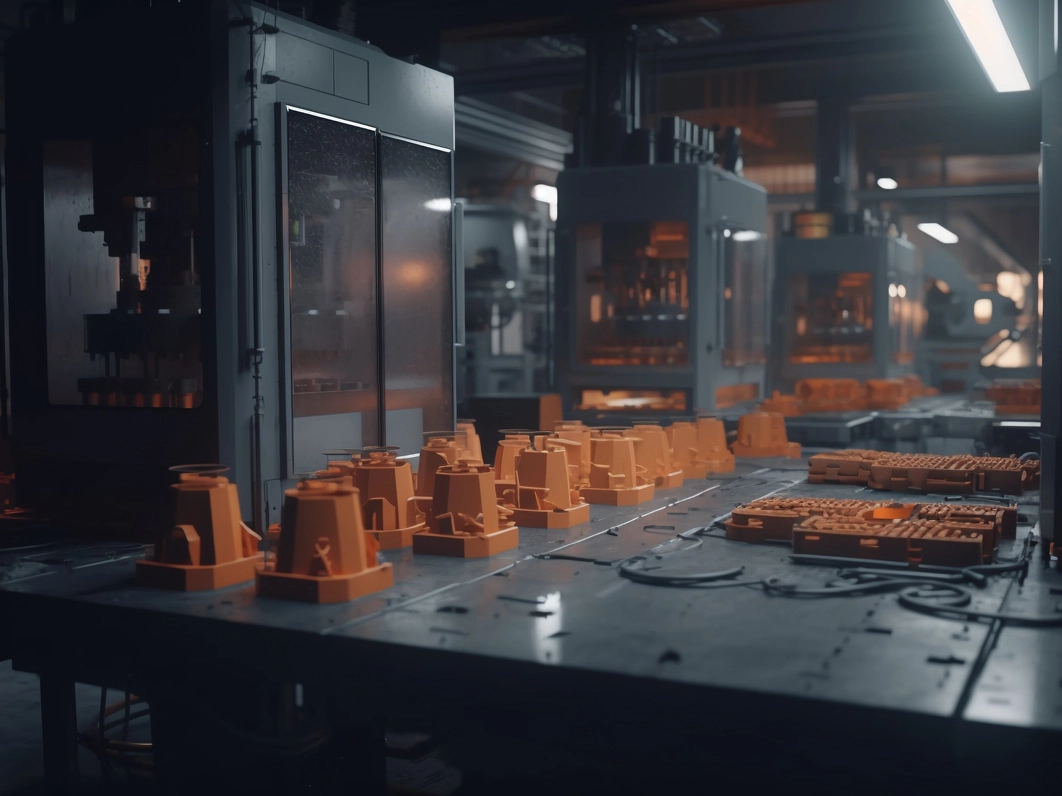Injection molding is a common plastic processing method used to manufacture various plastic products. Here are the steps involved in the custom injection molding process:
1. Mold Preparation:
a. Design and manufacture the injection mold, including the fixed and moving molds.
b. Ensure the accuracy, dimensions, and surface smoothness of the mold.
2. Plastic Pellet Feeding:
a. Select suitable plastic pellets based on product requirements and characteristics.
b. Load the plastic pellets into the hopper of the injection molding machine.
3. Heating and Melting:
a. The injection molding machine feeds the plastic pellets into the heating barrel through a screw.
b. Electric heaters in the heating barrel heat the plastic pellets above their melting point, melting them into a molten state.
4. Injection:
a. The screw drive system pushes the molten plastic into the injection barrel.
b. The injection molding machine injects the molten plastic into the cavity of the mold under pressure.
c. The plastic fills the entire mold cavity to ensure replication of the product shape.
5. Cooling and Solidification:
a. The plastic injected into the mold comes into contact with a cooling system, such as water or a coolant.
b. The cooling system rapidly absorbs heat from the plastic, causing it to cool and solidify quickly.
c. The cooling time is controlled based on the plastic type and product size.
6. Mold Opening and Ejection:
a. After cooling and solidification, the mold opens, and the moving mold moves.
b. Finished products are ejected from the mold using mechanical devices like ejector pins or suction cups.
c. Additional processing may be required, such as removing flash or trimming edges.
7. Inspection and Quality Control:
a. Visual inspection is conducted to ensure products meet specifications and quality requirements.
b. Necessary measurements and tests, such as dimensional, appearance, and performance testing, are performed.
c. Quality control and records are maintained to ensure compliance with standards.
8. Post-processing and Finishing:
a. Post-processing steps like painting, silk-screen printing, or assembly are performed based on product requirements.
b. Necessary machining and trimming are carried out to meet the final product requirements.
These are the detailed steps involved in the injection molding process, where each step requires precise operation and control to ensure product quality and consistency. If you have any injection molding needs, feel free to contact us.

 English
English  中文
中文  日本語
日本語  한국어
한국어 








